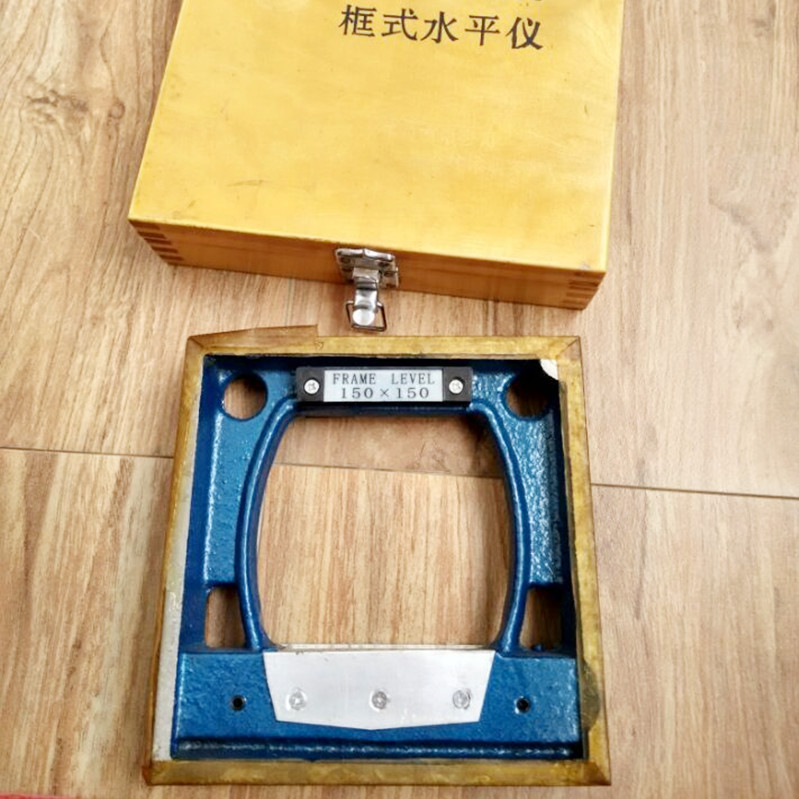Novemba . 19, 2024 06:12 Back to list
Understanding Morse Taper Gauges for Precision Tooling and Machine Setup
Understanding Morse Taper Gauges An Essential Tool for Precision Engineering
In the world of precision engineering, various tools and measuring devices play a crucial role in ensuring accurate assembly and functioning of machinery. One such essential tool is the Morse taper gauge, a device specifically designed to measure the angles and dimensions of Morse tapers—conical shapes that are commonly used in tooling applications like drills, lathes, and milling machines.
What is a Morse Taper?
Before delving into the functions of the Morse taper gauge, it is important to understand what a Morse taper is. A Morse taper is a form of a conical fitting used to secure a tool in a spindle or in a socket. It was invented by Stephen Morse in the 19th century and has become a standard in metalworking. Differing in size from Morse Taper 0 to 7, each taper has a specific angle and diameter that allows toolholders and spindles to fit snugly together, ensuring stability during operation. The taper's design allows for easy interchangeability of tools while maintaining precision and reducing the likelihood of slippage.
The Importance of Morse Taper Gauges
Morse taper gauges serve a fundamental purpose in machining environments where precision is paramount. These gauges are used to check the dimensions and angles of the Morse tapers, ensuring that they conform to industry standards. Proper measurements are crucial not only for compatibility but also for safety. An improperly sized or worn taper can lead to tool failure, which may cause significant damage to the workpiece and pose a risk to the operator.
morse taper gauge

Gauging tools come in various forms, including physical gauge blocks and digital measuring instruments. While traditional gauge blocks offer a straightforward solution for visual inspection, digital gauges provide instant readouts and can often include features for data logging, making them more versatile for modern machining environments.
How to Use a Morse Taper Gauge
To effectively use a Morse taper gauge, an operator must first ensure that the tool is clean and free from debris. The gauge is then inserted into the taper socket, and its fit is assessed. A snug fit indicates that the taper is likely within the appropriate specifications, while any noticeable looseness or tightness could signal that the taper is either worn out or improperly sized.
It’s important to regularly check and calibrate the Morse taper gauges to maintain accuracy. Operators should follow manufacturer guidelines regarding maintenance and usage to extend the lifespan of the gauge and ensure reliability in measurements. This routine practice is vital in a production environment where tolerances are narrow and precision is critical.
Conclusion
In summary, the Morse taper gauge is an indispensable tool in the field of precision engineering. It provides an effective method for measuring the conformity of Morse tapers, which are integral to various machining processes. For engineers and technicians, understanding how to properly utilize a Morse taper gauge can enhance efficiency, optimize tool performance, and most importantly, ensure safety within the operational environment. As industries continue to evolve, maintaining precision through appropriate measuring tools like the Morse taper gauge remains fundamental to advancing technology in manufacturing.
-
Why Metric Trapezoidal Thread is Ideal for Precision Motion ControlNewsAug.05,2025
-
The Unique Properties of a Block of Granite for Industrial UseNewsAug.05,2025
-
The Role of Flanged Y Strainers in Preventing Pipeline ClogsNewsAug.05,2025
-
The Importance of Regular Calibration for Master Ring GagesNewsAug.05,2025
-
How a Cast Iron Surface Table Enhances Accuracy in ManufacturingNewsAug.05,2025
-
Comparing Different Check Valve Types for Optimal Flow ControlNewsAug.05,2025
Related PRODUCTS









